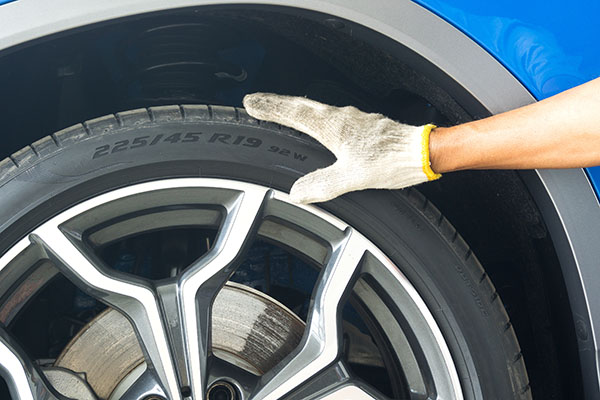
When it comes to maintaining your vehicle's performance and ensuring a smooth ride, two terms often come up: wheel alignment and wheel balancing. While these terms are related to the wheels of your vehicle, they serve distinct purposes. Let's dive in and unravel the differences between these essential wheel maintenance practices.
The Difference
The key difference between wheel alignment and wheel balancing lies in their objectives and procedures. While wheel alignment focuses on the angles at which the wheels make contact with the road, wheel balancing addresses the distribution of weight around the wheel and tire assembly.
Wheel alignment ensures that the wheels are properly positioned for optimal performance and handling, while wheel balancing minimizes vibrations and provides a smooth ride by eliminating weight imbalances.
Wheel Alignment
Wheel alignment refers to the adjustment of the angles at which your vehicle's wheels make contact with the road. The primary focus of wheel alignment is to ensure that the wheels are perpendicular to the ground and parallel to each other. There are three key alignment angles to consider:
- Camber: Camber refers to the inward or outward tilt of the wheels when viewed from the front of the vehicle. Improper camber can lead to uneven tire wear, reduced handling, and compromised steering control.
- Toe: Toe alignment refers to the angle at which the wheels point inward or outward when viewed from above. Incorrect toe alignment can cause tire wear, steering instability, and poor fuel efficiency.
- Caster: Caster alignment relates to the angle of the steering axis when viewed from the side of the vehicle. It influences stability, steering response, and cornering ability.
Wheel Balancing
Wheel balancing, on the other hand, focuses on distributing the weight evenly around the wheel and tire assembly. Over time, small imbalances can occur due to variations in tire construction, wheel design, or tire tread wear. These imbalances can lead to vibrations, uneven tire wear, and steering wheel oscillation.
Wheel balancing involves adding or removing weights to the wheel to counteract these imbalances and ensure a smooth and vibration-free ride. Weight is added by the use of a small metal weight, and it is then checked by a balancing machine.
Tire and Wheel Services at Euro Car Tech!
When you need help with your tires or wheels, don't look any further than Euro Car Tech! Our team of mechanics and specialists will be glad to help out and get you on the road!